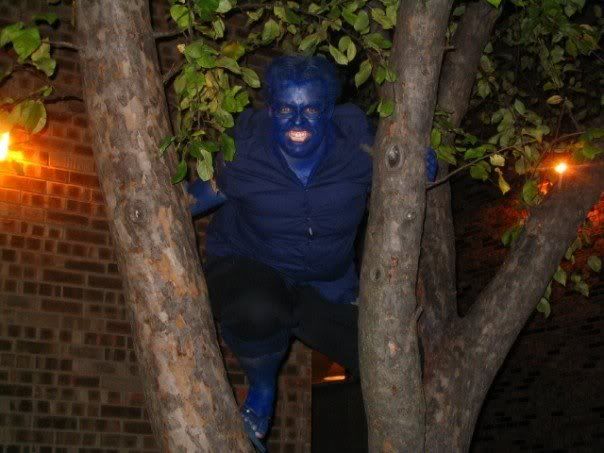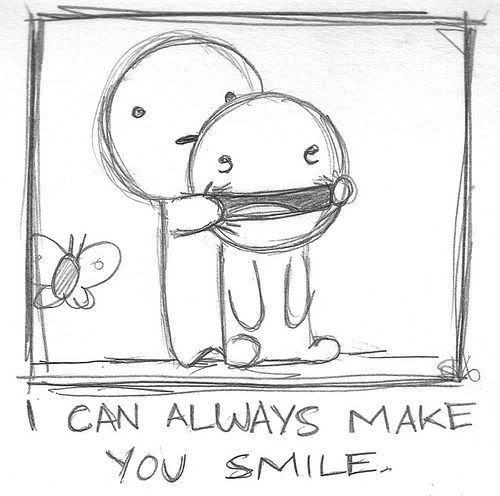 In America, All Hallows Eve or Halloween is upcoming. Science now proves that terrifying monster garb or a faux axe in the skull are not necessary to gain attention. Just look scared. That's it. Scientific proof is available that neurons in the brain snap to attention faster when presented with someone else's bug eyed scared look, rather than their smile. What an economic saver as the H-costume is just a frilly extra. The amygdala in the brain triggers the flight or flight response, not the fake catsup masquerading as blood. That may take the fun out of the trick or treat tradition.
In America, All Hallows Eve or Halloween is upcoming. Science now proves that terrifying monster garb or a faux axe in the skull are not necessary to gain attention. Just look scared. That's it. Scientific proof is available that neurons in the brain snap to attention faster when presented with someone else's bug eyed scared look, rather than their smile. What an economic saver as the H-costume is just a frilly extra. The amygdala in the brain triggers the flight or flight response, not the fake catsup masquerading as blood. That may take the fun out of the trick or treat tradition.U.S. researchers announced results which show that humans react faster to faceswhich show signs of fear. Their study is to be published in the November 2007 issue of Emotion. At the other end of the spectrum was the happy face, which triggers a very weak response. The happy expressions were actually registered slower than even the neutral expressions.
"Fearful eyes are a particular shape, where you get more of the whites of the eye showing. That may be the sort of simple feature that the amygdala can pick up on, because it's only getting a fairly crude representation," said Dr. Zald.
 Smiling just doesn't do it for the brain. A smile is likely to trigger a tepid response and keeps defenses down. Fear cause all sorts of physiological reactions in the body in response. It goes a mighty long way towards explaining the appeal of the adrenaline rush when watching horror flicks or reading well crafted terrifying fiction. Many people like that feeling. How the scientists gaged the time difference in the reactions is fascinating.
Smiling just doesn't do it for the brain. A smile is likely to trigger a tepid response and keeps defenses down. Fear cause all sorts of physiological reactions in the body in response. It goes a mighty long way towards explaining the appeal of the adrenaline rush when watching horror flicks or reading well crafted terrifying fiction. Many people like that feeling. How the scientists gaged the time difference in the reactions is fascinating.Smiles may take a while, but a horrified expression is a sure-fire attention getter, U.S. researchers said on Sunday, based on a study of how fast people process facial expressions.Interesting is each person has a dominant eye, not a mythical third eye, that gets first call on individual reaction. An oustanding book that explores the emotional center of the brain, the amygdala, is the seminal best-selling work from Harvard's Daniel Goleman, Emotional Intelligence: Why it Can Matter more Than IQ.To find out which images get the brain's attention first, Zald, graduate student Eunice Yang and colleagues used a technique called visual flash suppression that slows down the brain's responses to facial expressions -- which typically register in less than 40 milliseconds.
The researchers had people look into a special viewer that allowed each eye to see different images at the same time. "If you present different images to the two eyes, usually you will only perceive one of them at a time," Zald explained.
The image that registers with the brain typically depends on which eye is dominant for that person. (photo courtesy Vanderbilt University)
For a great scary read, the master of the dark imagination, Stephen King is the man. Stand by Me, The Shawshank Redemption and The Green Mile successful movies after being great classic books from a writer delving into his vat of immense talent and dark creative genius.














No comments:
Post a Comment